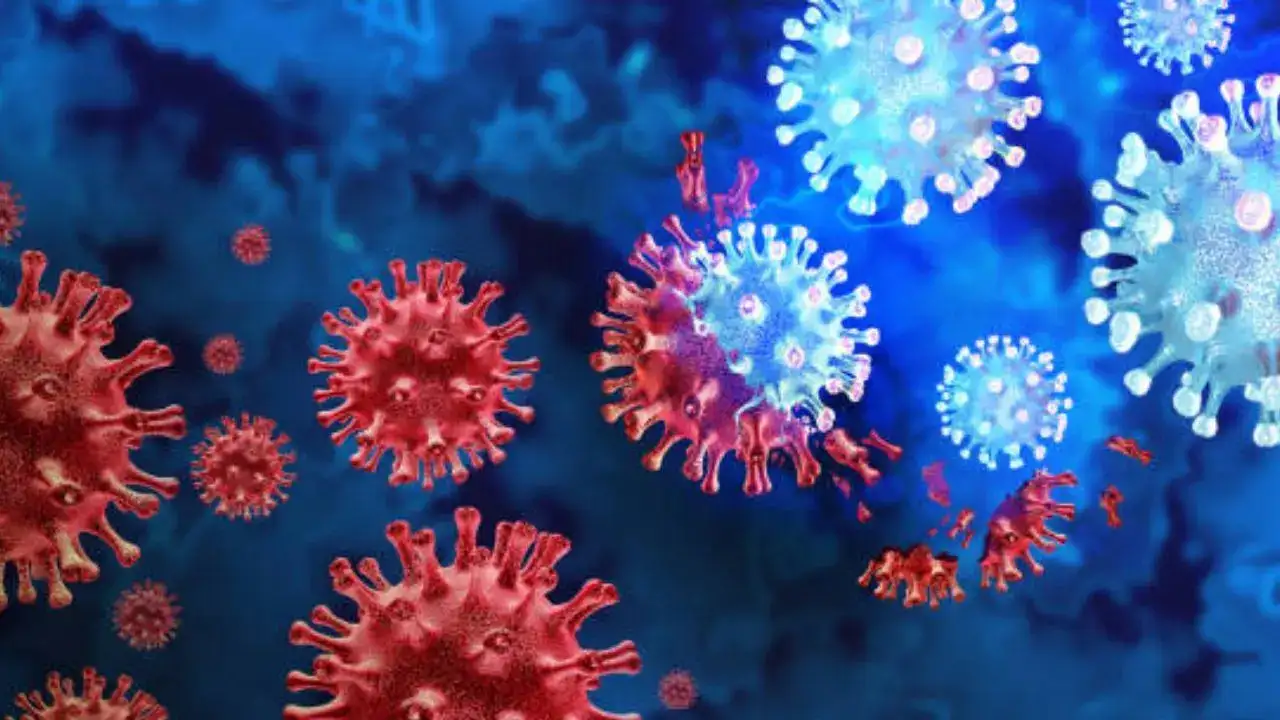
COVID Didn’t Start In Wuhan? Health Experts Warn Of Future Pandemic Risks (Image Credits: iStock)
A new study published on May 7, 2025, in the journal Cell, has offered strong evidence that COVID-19 likely originated through the wildlife trade, not a direct bat-to-human transmission or a lab-based origin. Conducted by researchers at the University of California, San Diego School of Medicine, the study suggests that the SARS-CoV-2 virus followed a pattern similar to the 2002 SARS outbreak, involving transmission through an intermediate animal host.
The research indicates that the virus had already travelled over 2,700 kilometres before it was detected in Wuhan, China — too far and too quickly to have spread solely through natural bat dispersal. The likely origin, scientists say, is in bats from regions in western China or northern Laos. From there, the virus spread rapidly, suggesting human activity — such as wildlife trade — played a crucial role in its transmission to humans.
Jonathan Pekar, a postdoctoral researcher at the University of Edinburgh and lead author of the study, stated, “We show that the original SARS-CoV-1 was circulating in western China just one to two years before it emerged in Guangdong Province. Similarly, SARS-CoV-2 had been circulating in western China or northern Laos five to seven years before the COVID-19 outbreak in Wuhan.”
The team concluded that a "zoonotic spillover" event likely occurred — meaning the virus jumped from an animal host to humans — rather than it being a product of a laboratory incident. Horseshoe bats, known to carry sarbecoviruses like SARS-CoV-2, are considered the original reservoirs of the virus. While these viruses do not harm the bats, they can become dangerous when they cross species barriers.
The study points to previous findings where similar viruses were detected in palm civets and raccoon dogs, animals commonly found in live-animal markets in southern China. Michael Worobey, co-author and professor at the University of Arizona, explained, “For over 20 years, we've known that the live-wildlife trade was the bridge that allowed these viruses to travel hundreds of miles. What we’re seeing with SARS-CoV-2 mirrors what happened with SARS-CoV-1.”
Importantly, the study challenges the argument that the geographical distance between the bat population and Wuhan undermines a natural origin. Co-senior author Joel Wertheim emphasized, “This paper demonstrates that such long-distance transmission isn’t unprecedented. The emergence pattern of SARS-CoV-2 closely resembles that of SARS-CoV-1.”
The researchers concluded that sarbecoviruses have been circulating for more than 1,000 years, but their reach was previously limited by the natural movement of bats — until human interference, such as wildlife trade, facilitated their broader and more dangerous spread.
Get Latest News Live on Times Now along with Breaking News and Top Headlines from Health and around the world.
